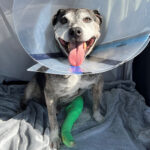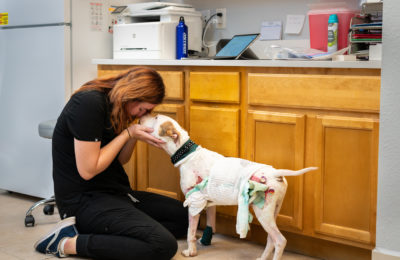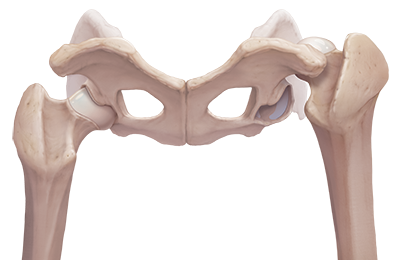 If you’ve ever doubted the goodness of people, Spunky, the rescue kitten’s story just may restore your faith. The little black and white cat was surrendered by his owners at an emergency vet clinic in Fort Collins, Colorado earlier this year with two broken legs: bilateral fractures to his radius and ulna. They couldn’t afford to care for him and with no explanation of how he was injured, the owners believed there was no choice but to euthanize him.
If you’ve ever doubted the goodness of people, Spunky, the rescue kitten’s story just may restore your faith. The little black and white cat was surrendered by his owners at an emergency vet clinic in Fort Collins, Colorado earlier this year with two broken legs: bilateral fractures to his radius and ulna. They couldn’t afford to care for him and with no explanation of how he was injured, the owners believed there was no choice but to euthanize him.
That’s when a local animal rescue organization, Animal Friends Alliance, stepped in and put out a call for help.
“They felt really strongly that it would be a shame to euthanize him because of these two fractures,” said Robin Downing, DVM, Hospital Director at Windsor Veterinary Clinic and an internationally recognized expert in animal pain management–who ultimately ended up adopting Spunky. “It was reasonable to assume that relatively non-displaced fractures would heal with casts or a splint. But unfortunately, in his case, that did not happen and he ended up with chronic fractures.”
The rescue group featured Spunky in its newsletter and on its Facebook page, looking for a surgeon to perform an open reduction and give the bones a chance to heal.
Trent T. Gall, DVM, MS, DACVS (SA), answered the call to do the surgery pro-bono.
 “Since it was both front legs, the kitten learned to sit up like a prairie dog, he couldn’t walk normally and was suffering. The only option left was to try the surgery, or euthanize him,” Dr. Gall said.
“Since it was both front legs, the kitten learned to sit up like a prairie dog, he couldn’t walk normally and was suffering. The only option left was to try the surgery, or euthanize him,” Dr. Gall said.
Dr. Gall, who regularly uses Arthrex products in his mobile veterinary surgery practice, reached out to Arthrex and the company donated 1.6 mm Ortholine fracture plates for him to use. The Ortholine fracture management system allows the surgeon to repair fractures with the same screws used in the TPLO system for both dogs and cats. The plates are designed to help create a more reproducible procedure: The locking straight plates include a slide hole, which allows slight movement across the fracture line to facilitate the best plate placement. The low-profile design is also less prominent under the skin.
“The surgery went very well,” Dr. Gall said. “He has a long road ahead. He needs to learn to walk again, and it will take time to get back to full cat activity, but he should do very well.”
Unfortunately, Spunky developed neuropathy during his months of having both legs splinted and started tearing out the hair on his legs and his chest. He spent a few months living in a foster home, until Dr. Downing offered to give him a permanent home and the additional care that he needed.
 “The people fostering him went above and beyond to provide him the best care they could with his complex needs,” Dr. Downing said. “He had to live in an Elizabethan collar (or a cone) because he kept tearing his hair out. He couldn’t extend or flex his toes. Neuropathy may burn, it can cause numbness, or it can tingle. Pets can’t tell us that they’re suffering.”
“The people fostering him went above and beyond to provide him the best care they could with his complex needs,” Dr. Downing said. “He had to live in an Elizabethan collar (or a cone) because he kept tearing his hair out. He couldn’t extend or flex his toes. Neuropathy may burn, it can cause numbness, or it can tingle. Pets can’t tell us that they’re suffering.”
Dr. Downing developed a pain management strategy, putting Spunky on gabapentin for nerve pain and giving him therapeutic laser therapy on his legs and spinal cord. Now, three months later, all his hair has grown back, he no longer sits up on his hind legs and he is able to “make bread” again with his paws–he can flex and extend them and jump on and off surfaces.
“Spunky is very happy to jump on our kitchen counters and steal food,” Dr. Downing laughed. “He also teases our blind cat Olivia, but he grooms her, too.”
Today Spunky has a loving home and healthy life ahead of him–thanks to a network of animal lovers who pulled together to give him another chance.
“Arthrex helped save his life and allowed him to be restored to the life and level of activity that he deserves to have,” Dr. Downing said. “We are so, so grateful that Arthrex came through with the hardware. This poor kitten didn’t have any options left.”






